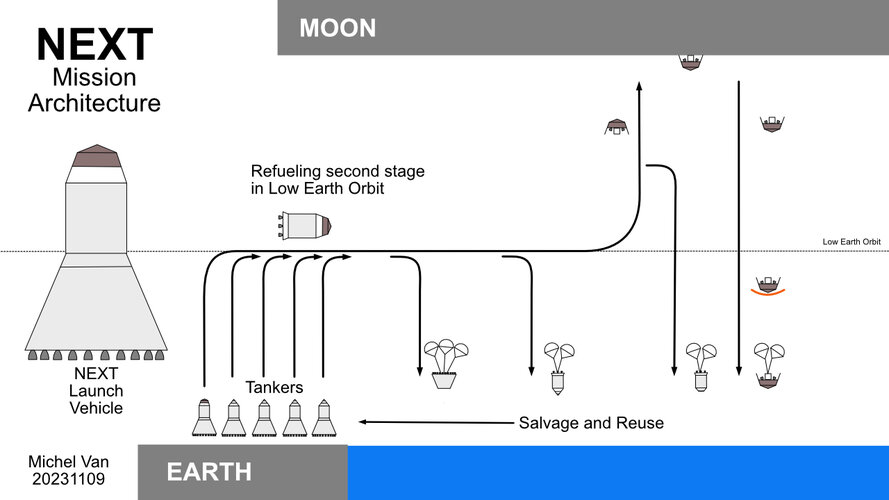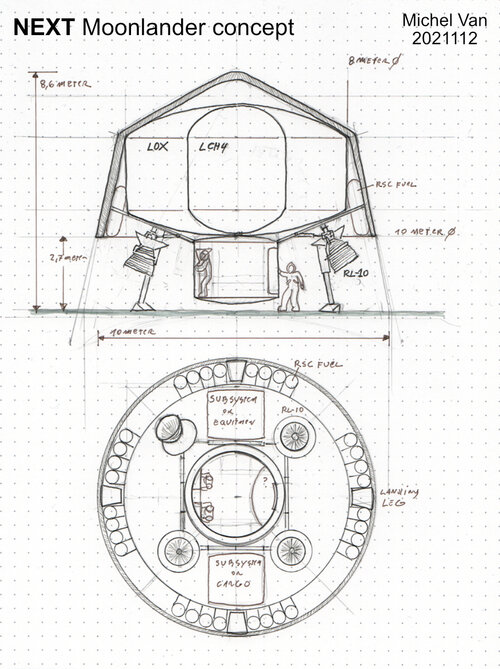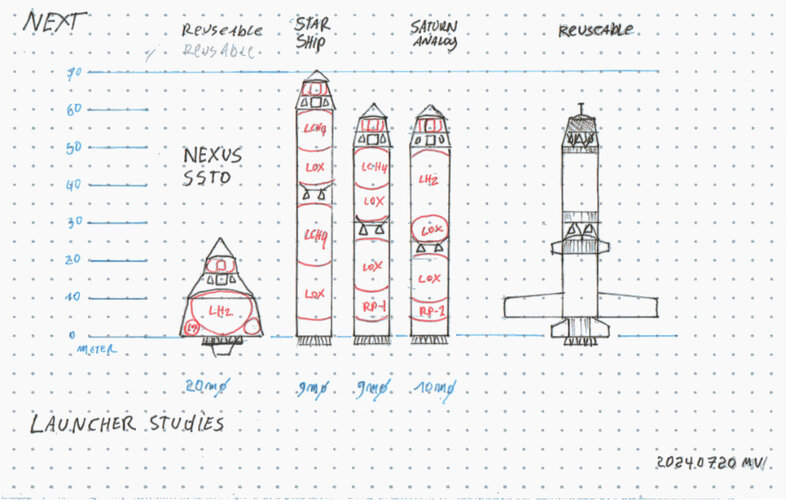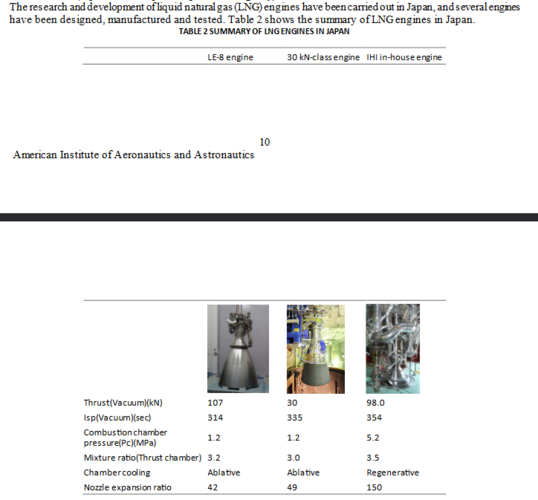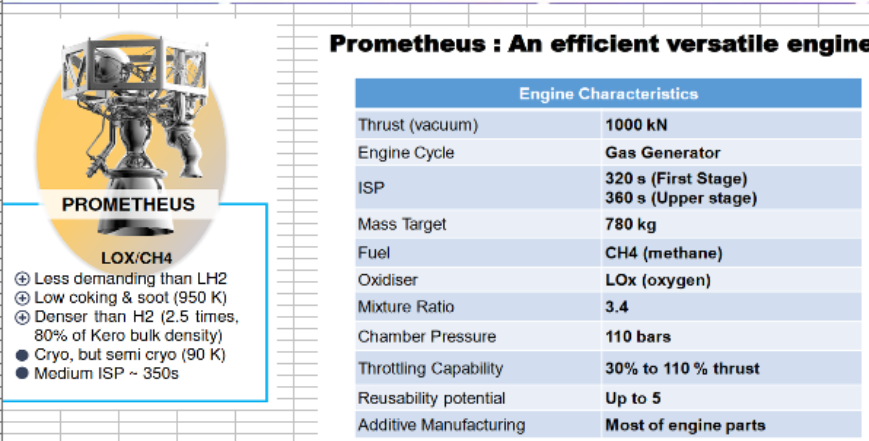- Joined
- 13 August 2007
- Messages
- 7,813
- Reaction score
- 8,822
This for Alternate history Story i work on.
and i need advice and help on some details.
NEXT is Lunar Colonisation Program
It reuse the entire Launch rocket and Lunar lander
And orbital refuel for second stage for Lunar Trajectory Injection
To bring 60 metric tons lander to Lunar surface.
The rocket and lander use methalox engine.
The Lander transport 5,7 metric tons to moon and back.
As one way Cargo lander 26 metric tons of equipment.
and i need advice and help on some details.
NEXT is Lunar Colonisation Program
It reuse the entire Launch rocket and Lunar lander
And orbital refuel for second stage for Lunar Trajectory Injection
To bring 60 metric tons lander to Lunar surface.
The rocket and lander use methalox engine.
The Lander transport 5,7 metric tons to moon and back.
As one way Cargo lander 26 metric tons of equipment.

